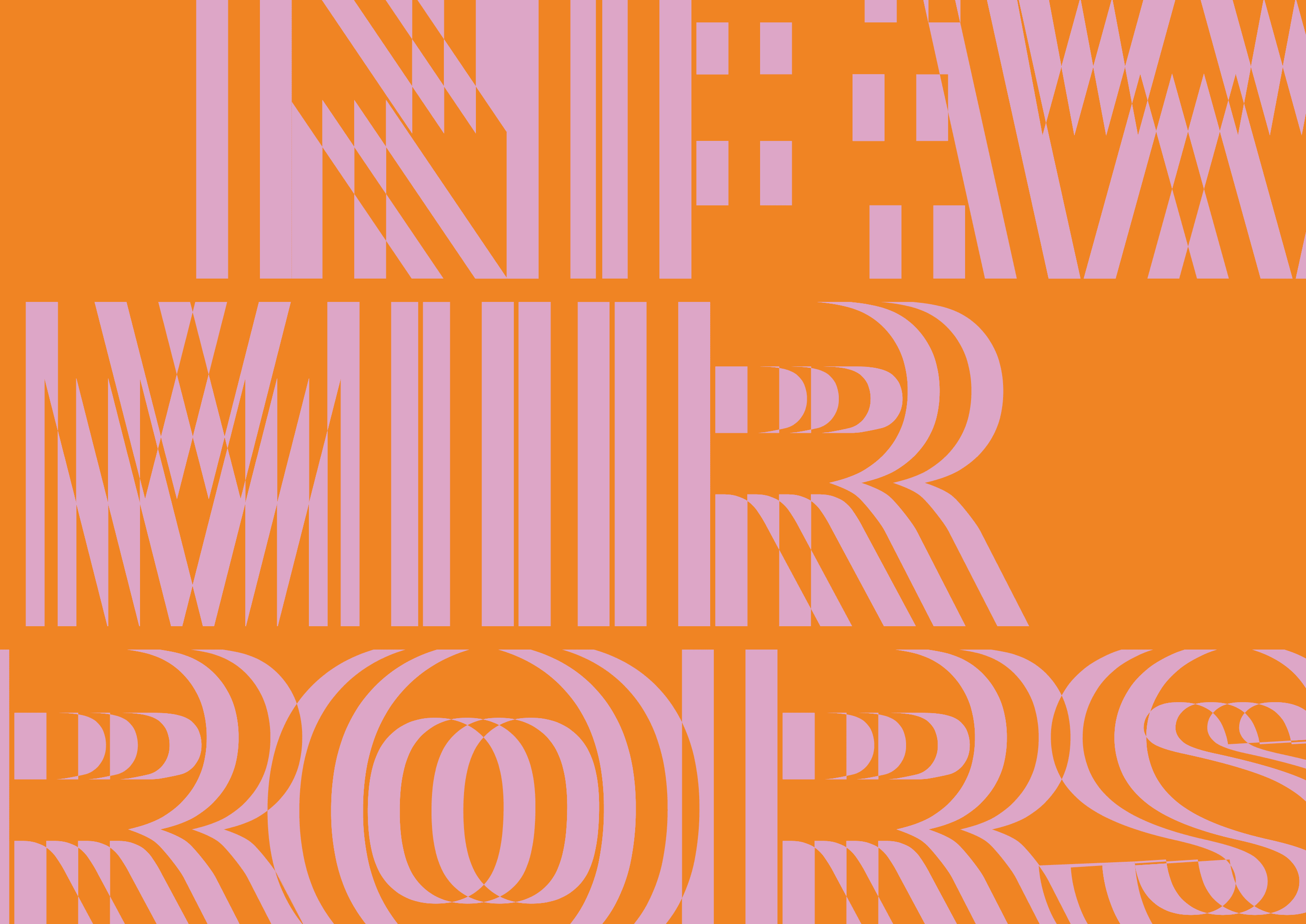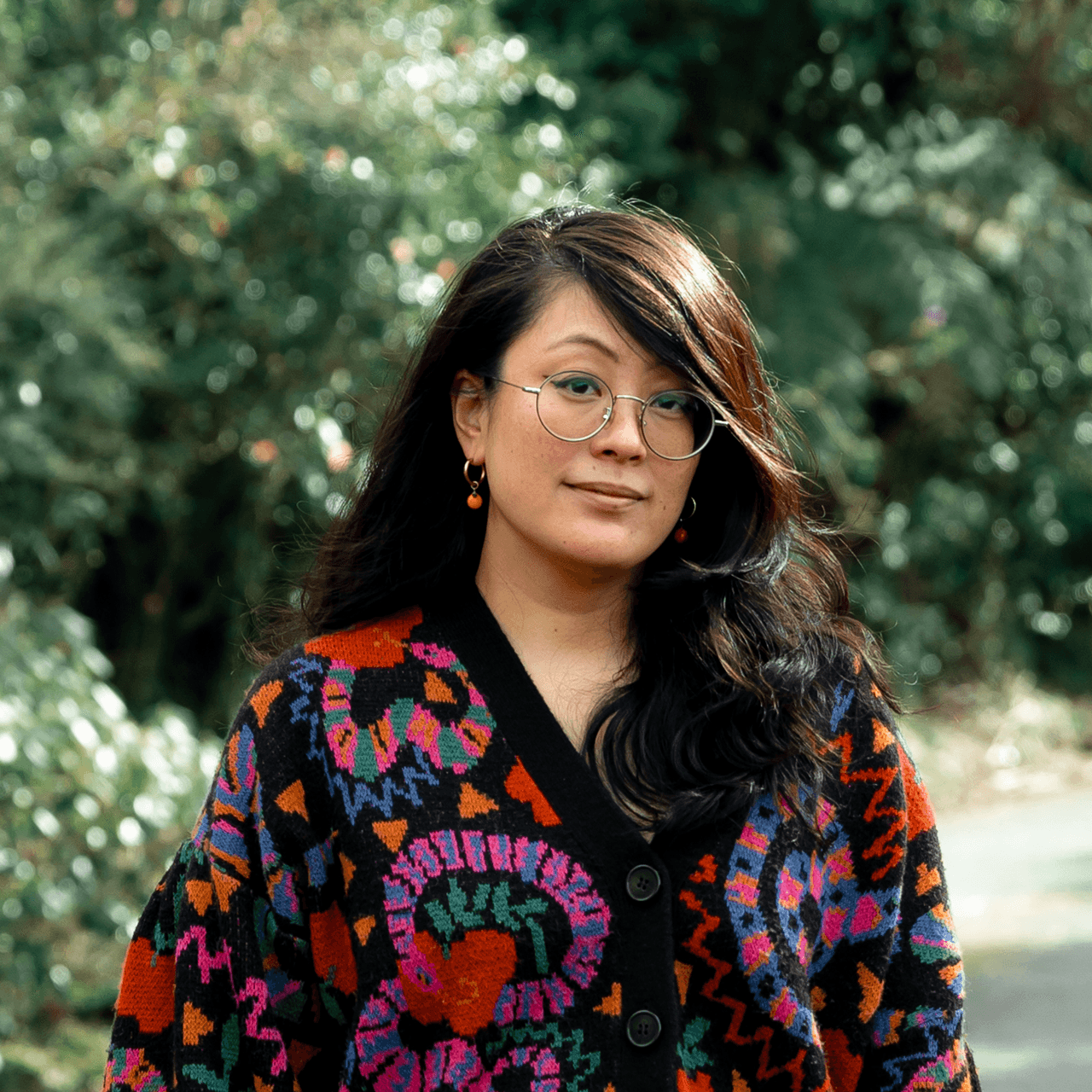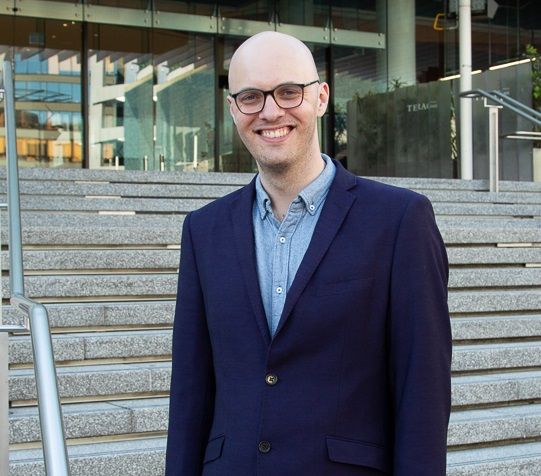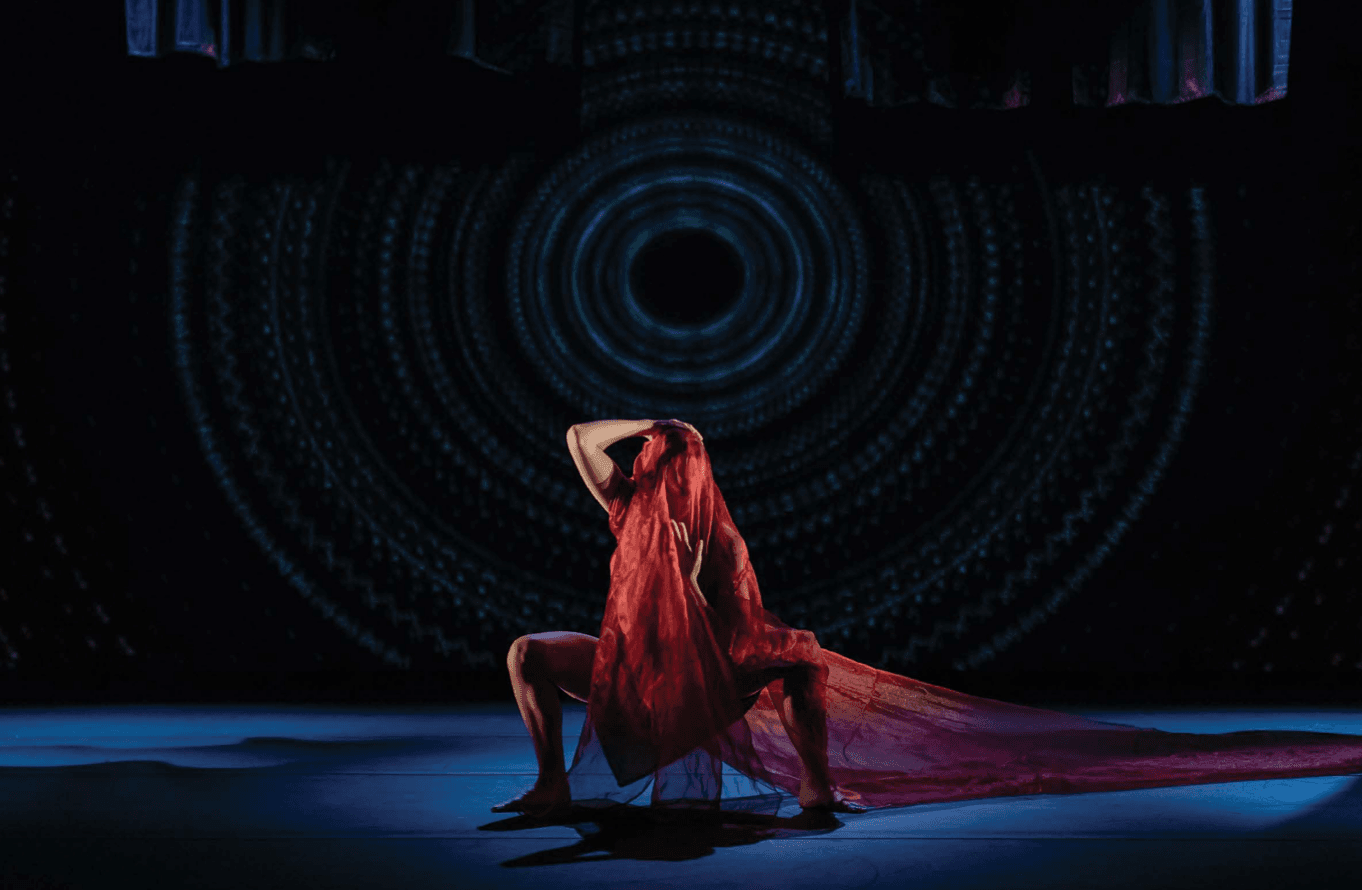Arts Media "On Edge Of Collapse" - How To Rebuild It
A new report looks at the current relationship between the arts and media sectors, with some bold recommendations on what could lead to better and more consistent coverage in mainstream media.
Written by

On the edge of collapse.
Not the words you want to be uttered about the sector you work in - but a new research project has laid out some stark facts about the state of arts and culture media in Aotearoa.
But it comes with recommendations on how that can be changed.

As part of a follow-up piece to June's Visibility Matters report, Creative New Zealand (CNZ) commissioned Rosabel Tan and James Wenley - two respected, experienced researchers and creatives - to look at the current state of arts and culture media and the impact this has on the country's broader cultural ecology.
After speaking to 52 artists, arts organisations, publicists, editors, journalists and decision-makers, it's been released under the title New Mirrors - Strengthening Arts and Culture Media for Aotearoa New Zealand.
Given the Visibility Matters stats that highlighted 13% of media coverage focused on arts and culture, but only 3.25% on art forms outside film, music and TV, including an under-representation of minoritised communities - the issue is pretty clear. New Mirrors is focused on why the arts and culture media landscape is in its current state and offers a potential pathway forward.
Wenley told The Big Idea "Many creatives will have observed big changes in arts and culture coverage over the past years, but this research gave us an opportunity for the first time to look across all aspects of arts media and understand some of the systemic barriers to achieving strong, consistent, and high-quality coverage."
Art's dwindling presence in journalism
Just as those in the arts are doing it tough, journalism as a whole is also under-resourced and under strain, the report highlights. That leads to 'dwindling, shallow coverage' and an erosion of trust between arts and media practitioners.
Wenley notes the spotlight lands squarely on the reduction of arts and culture coverage in legacy media and the disestablishment of arts journalist positions - both international trends that have taken root in Aotearoa.
"There are some big challenges, and coverage is on the edge of collapse. A stark finding in the report was just how many dedicated arts roles and platforms have been lost. As one journalist told us, 'When I started at The Press in 2007, there was an arts editor, two film reviewers, two or three cultural writers, a feature writer who specialised in culture—that’s all gone now. That’s all completely gone.'

"We found that it all goes back to value – when arts and culture is treated as a ‘nice to have’ it gets deprioritised, and this is what we’ve seen play out in the media industry. We need to flip this so arts and culture gets valued for the central importance it plays in the lives of New Zealanders."
Without those roles or the ability/desire for journalists to 'put their neck out for the arts' and try to win the battle for the sub-editors' interest, the scope for telling the stories that have resonance - as well as the stories to hold those in the sector to account for their actions and decisions - is limited.
Wenley explains "One trend we are seeing is creatives, comms people and organisations being asked to supply their own content for publication – because publishers and journalists don’t have the resources or time to do these stories themselves. On the one hand, it’s great when creative voices are platformed - but on the other, it misses the value and credibility of an external reporter using their skills to communicate the story. There were people in both the arts and media sectors who were uneasy about this trend.
"A particular pressure point in some of our interviews is the large amount of arts and culture content from our news publishers, that now gets placed behind online paywalls. It is a catch-22: this pays for the content and values the writers, but it means that it is harder for creatives to share articles and reviews written about them, which impacts discoverability and limits the potential audience for a work.
"It entrenches the idea that art is some elite thing, only for some people. But one of the powers of arts journalism is to help make art more accessible to a wider group of people."
The situation has been labelled a national deficit of coverage, the report suggests three key areas to focus on to change it: Telling stronger stories, building a media landscape that reflects Aotearoa and deepening understanding between our media and cultural ecologies.
Recommendations

To achieve this, Wenley and Tan propose two key investment pathways.
The first is to create a dedicated fund for arts and culture media projects - with special mention of removing the awkward situation of publications competing against the artists they seek to cover and getting caught in short-term survival headaches.
The proposed focus areas include strengthening coverage of ngā toi Māori (as well as in te reo Māori), Pacific arts and regional arts, building a stronger critic and review culture, long-form and investigative journalism, as well as experimentation with form.
The second and perhaps boldest recommendation is the creation of an independent body — an Arts Media Centre — that connects the media and creative sectors.
Modelled on the Science Media Centre, the report proposes that the mandate of this independent body would be to enable high-quality arts and culture journalism through training, advocacy and relationship-building, in turn fostering the long-term sustainability and growth of arts and culture media.
Among the Arts Media Centre's recommended roles;
- Connecting journalists to spokespeople for different topics
- Targeted briefings to journalists around ‘big-picture’ stories
- A calendar of events taking place across the cultural and creative sectors
- An up-to-date list of key spokespeople media could contact
- An up-to-date media database, including what different editors are looking for in a pitch for their particular publication
- Training and advice for journalists and critics
- Media training for artists
- Supporting media partnerships and collaborations
- Facilitating events that bring together those working across the cultural media ecology (artists, arts organisations and the media)
- Advocating for arts and culture coverage
Wenley details "The report’s findings have already been shared with key decision makers like Manatū Taonga, NZ on Air and CNZ. While we recognise we are in a constrained funding environment, there is a will and drive to make things better.
"We are issuing a challenge to the incoming Government and our funding bodies, our media platforms and publishers, our artists and the organisations that support them to seize this opportunity to strengthen arts and culture coverage. By finally giving strategic focus, we can help create a future where have more engaged arts consumers, better public conversations, and a society that more fully values the central importance of arts and culture in our lives."
Rebuilding the relationship with media
A strong relationship with the media - love 'em or hate 'em - can open doors to new audiences and build thriving careers, support future career opportunities and ensure that work is remembered in history.
Wenley has this to say when asked what creatives should take out of this research.
"Strengthening Aotearoa’s arts media will support the health of our arts ecosystem as a whole. We heard how media coverage and reviews can help build a creative career.
"We hope that people in both arts and media communities will find much that resonates with them in the report. The discussion I find most inspiring in the report is how collectively we can be telling stronger stories – it’s not about selling the show but digging into the ideas behind the art and the relevance to people’s lives. As Sunday Editor Frances Morton expresses, 'It’s being able to go deep into the why and how and bring that to an audience in a way they can relate to.'
"As well as the positives of media coverage, some creatives interviewed shared some troubling stories of media engagement. There’s much we can learn from each other, and we need more opportunities to build trust between artists and media.
"What really stood out was how passionately interviewees across journalism and the arts spoke of the value of coverage. There are bright spots of excellent cultural coverage, and there are many champions of the arts in our media, and an appetite to do more. As communications expert Mihi Blake put it, 'There are so so many stories, and people want to read them; people want to have their lives enriched by arts and culture and music.'"
CNZ reaction
As Wenley points out - it's not a great time to be trying to land new funding streams in arts and culture. CNZ has stated point blank they will have less money to work with in the coming years and have unveiled their new eight-pronged funding model to replace the no-longer-fit-for-purpose Arts Grants.
Caren Rangi, Chair of the Arts Council of New Zealand, states in the report "We’re committed to advancing this kaupapa. We’ll explore the role we can play in strengthening coverage both independently and in partnership with others so that New Zealanders can read, see and hear more of the diverse arts and culture experiences we have in Aotearoa, and celebrate our artists’ success."
CNZ Chief Executive Stephen Wainwright responds "We mihi to Rosabel, James and the many contributors that fed into this impressive piece of research which provides us with insights and clarity about the current ecosystem and issues within it.
"We want New Zealanders to be able to see, read and hear more of the incredible arts and culture on offer, and celebrate our artists’ successes.
"We’re one of a number of organisations that has an interest in this kaupapa. We commissioned the report – and Visibility Matters – to enable us to have informed conversations and work towards strengthening arts and culture media in Aotearoa, independently and with others in the wider sector. While we’re mindful that the current financial environment is challenging, this report is fuel for long-term strategic work."